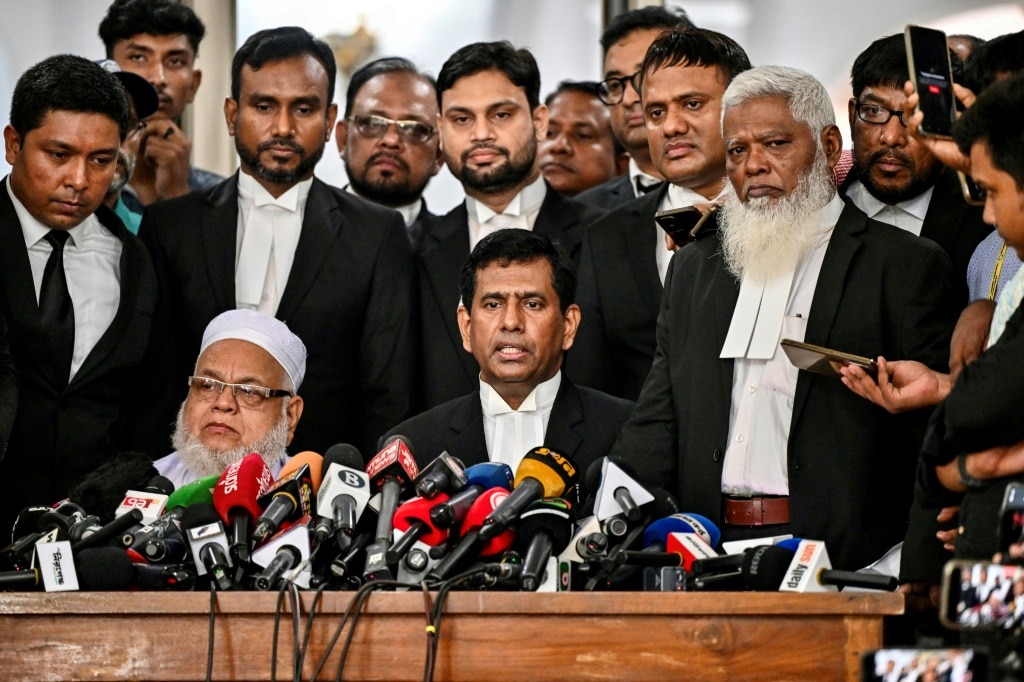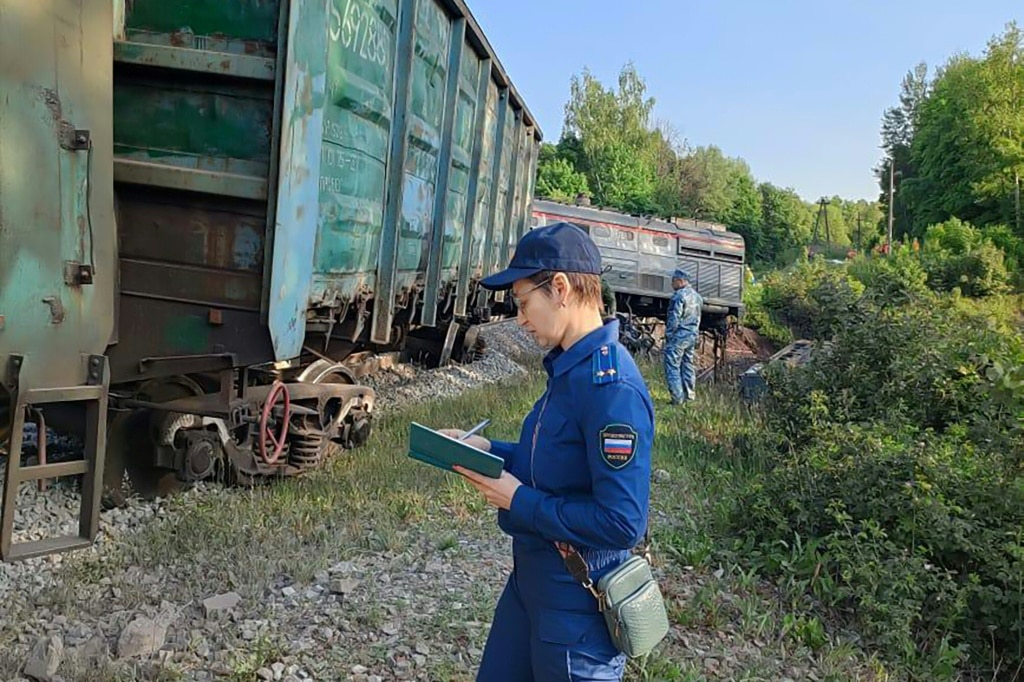Confusion and chaos: Key failings in the Westfield Bondi Junction attack revealed
A survivor of the Bondi Junction attack revealed her horror at being stabbed by the “floridly psychotic” Joel Cauchi during the deadly rampage.

Breaking News
Don't miss out on the headlines from Breaking News. Followed categories will be added to My News.
Warning: Distressing content.
People walked through the popular shopping centre with ease, there was nothing to suggest to them their afternoon would amount to anything other than the regular autumn day it should have been.
Some were pushing prams, others running mindless errands.
As shoppers began to run through the Westfield Bondi Junction, it was easy to brush the behaviour off.
No one yelled as one woman, known as Witness I, saw people running towards her: she thought they were just being “silly”.
It was only after she “felt an intense thud in her back” that she turned to see a man walking away with a knife, the large blade reminding her of the Crocodile Dundee movie.
She placed her hand on her back and saw blood on her hand as she realised she had been stabbed.
There had been nothing to alert her that the “floridly psychotic” Joel Cauchi was in the midst of a deadly rampage, stabbing 16 people in less than three minutes.
Witness I was his 13th victim, and as quickly as he’d stabbed her, he was onto the next victim.

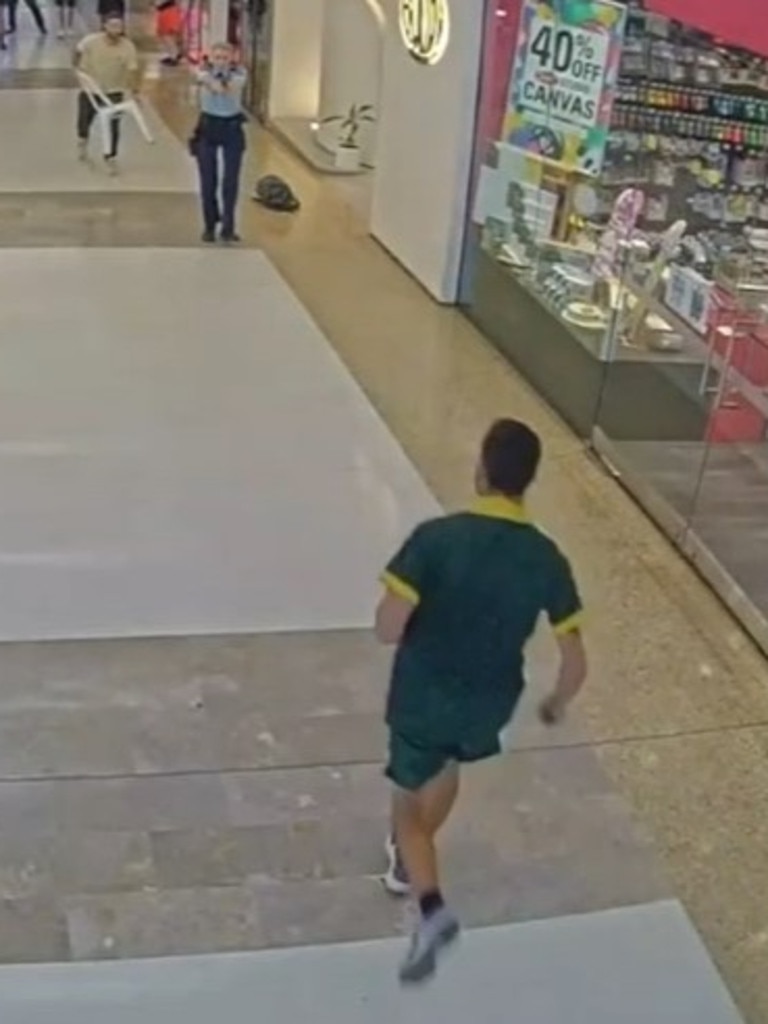
Another woman saw Cauchi approaching from the same way she’d seen people run from, less than a minute after Witness I was stabbed.
“Why is everyone running?” she asked him, before he stabbed her in the chest.
Once inside the shelter of a nearby store the woman, known as Witness X, called her mum, believing “she was going to die”.
Cauchi’s last victim, Liya Barko, saw the killer “veer” her way and “immediately felt a hot pain”.
Realising she’d been stabbed, she believed Cauchi told her “Catch you” before running away.
Witness I, Witness X, Ms Barko and seven other victims survived the attack.
Dawn Singleton, Yixuan Cheng, Faraz Ahmed Tahir, Ashlee Good, Jade Young and Pikria Darchia were all killed, tearing apart the lives of their loved ones, some of whom described their grief as “bone deep, soul crushing agony” that follows them “like a shadow”.
CCTV showed Ms Cheng walking through the centre on her phone, “oblivious” to what was unfolding, before she was killed.
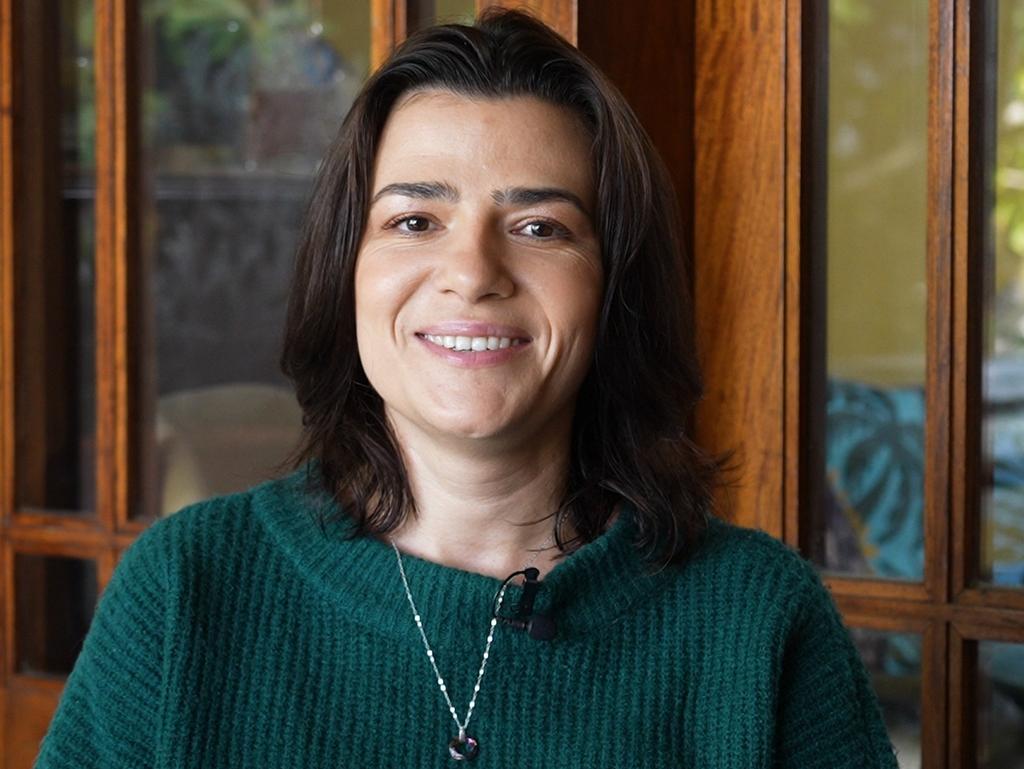
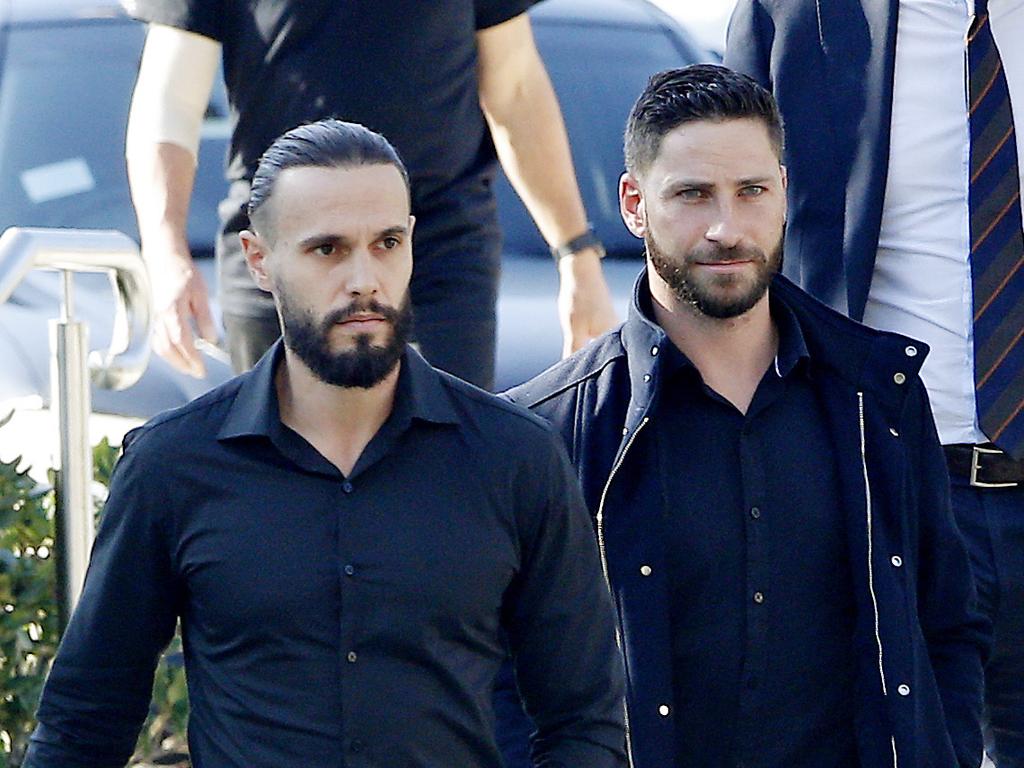
The sheer speed at which the attack unfolded left many in the centre unaware of what was happening: “bollard men” Silas Despreaux and Damien Guerot told an inquest into the attack they ushered a woman, unaware of Cauchi lurking below, off an escalator before they threw bollards at the knife-wielding killer.
Even security staff weren’t entirely sure what was going on, with footage showing a security supervisor running towards a danger he had scarce information on.
Through tears, he told the court he’d seen “people on the ground” and had radioed to ask where the attacker was.
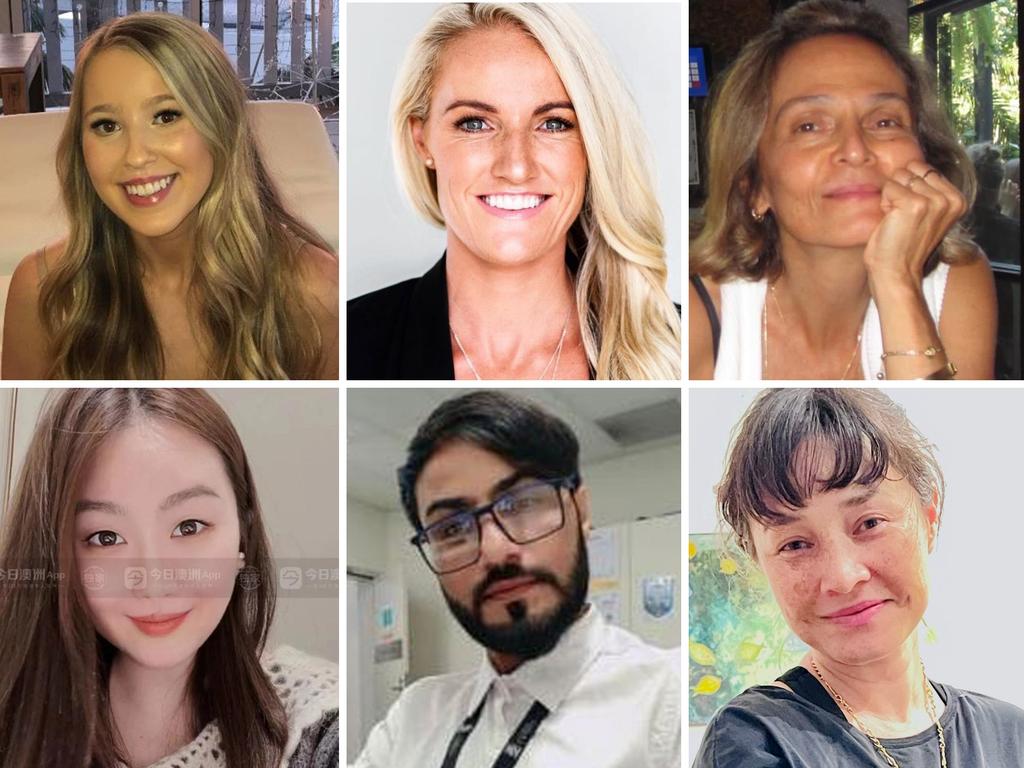
When Inspector Amy Scott shot Cauchi at 3.38pm, the supervisor – like many in the centre – didn’t know they were police shots, instead thinking he was being shot at.
Fifty witnesses were called to give evidence to a five-week coronial inquest into the tragedy, many breaking down and crying in the witness box as they relived the horrors of April 13, 2024.
The bar table and media room weren’t spared from the tears, with tissue boxes placed throughout the building as the inquest concluded on Thursday.
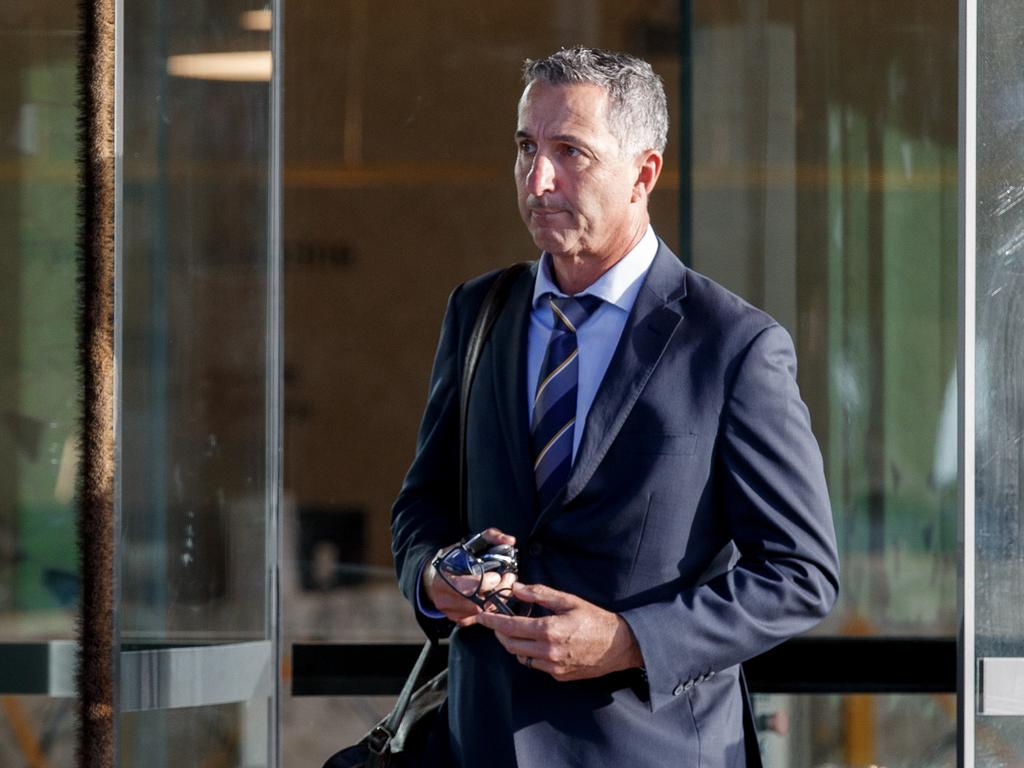
Red flags, missed opportunities
The evidence painted a picture of confusion, missed opportunities and red flags in the care of Cauchi as well as the responses of emergency services and the centre’s operator.
This included a psychiatrist, known as Dr C, who deemed Cauchi fit for a weapons license in January 2021.
This is despite Cauchi telling Dr C he’d only been on clozapine for two years, when in fact he’d been on the antipsychotic drug for nearly two decades to treat schizophrenia before he was gradually weaned off it.

Dr C only discovered this after contacting Cauchi’s former Toowoomba psychiatry clinic, and agreed with counsel assisting the coroner Emma Sullivan this was a “red flag”: he acknowledged he shouldn’t have deemed him fit for the license.
Counsel assisting the coroner Peggy Dwyer SC said it was “very fortunate” Cauchi didn’t follow through with a gun license after the Queensland Police Force issued him a statement of eligibility.
Mum’s concerns ‘not taken seriously enough’
An expert psychiatric conclave pored over evidence of the mental health care Cauchi received, with Denmark psychiatrist Professor Merete Nordentoft telling the court concerns raised by his mother of a deterioration in his mental state were “not taken seriously enough”.
Diagnosed with schizophrenia in 2001, Cauchi’s dose of the antipsychotic, clozapine, was gradually titrated down by his private Toowoomba psychiatrist, Dr Andrea Boros-Lavak, over complaints of over-sedation.
He was entirely weaned off it in 2018, and was taken off the drug prescribed for his obsessive compulsive disorder (Abilify) the following year.
Shortly after his Abilify was stopped, Cauchi’s mother, Michele raised concerns with Dr Boros-Lavak’s clinic seven times between November 2019 and February 2020, ringing them, sending emails, and visiting in person to report a potential relapse.
She reported her son may have been hearing voices, was leaving notes he was under “satanic control”, and his OCD was “getting out of control”.
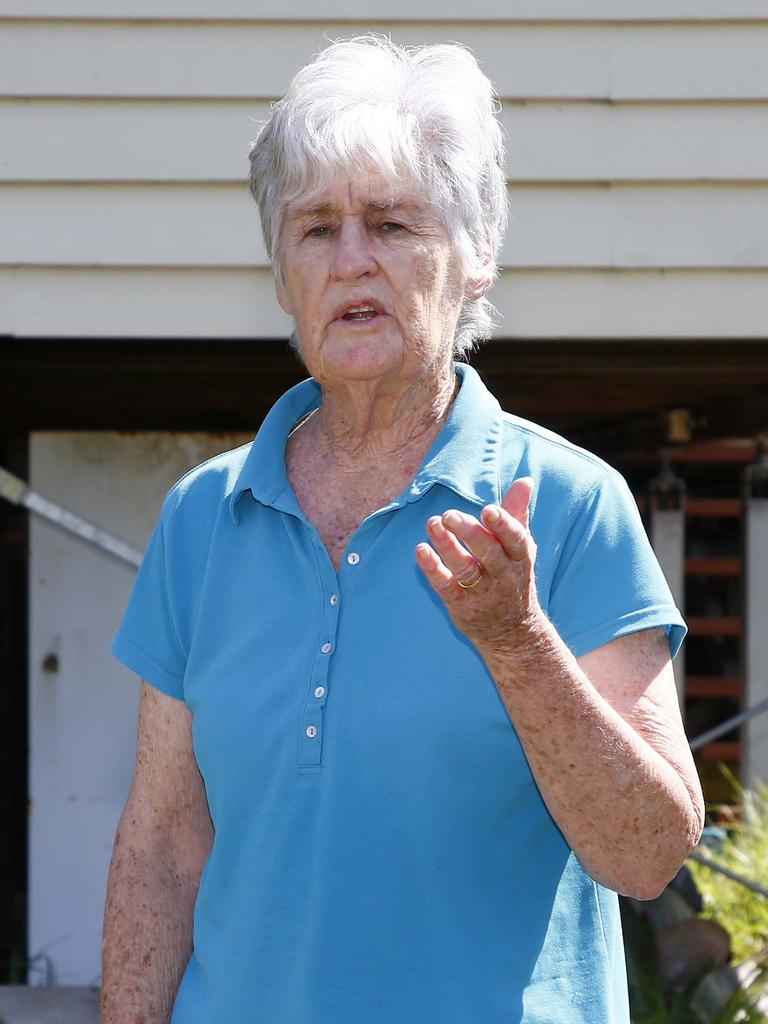

Dr Boros-Lavak prescribed him Abilify in November 2019 as a precaution, but said in hindsight it wasn’t necessary, chalking the symptoms up to concern over a risky sexual encounter he’d had.
He did not fill the script.
Dr Boros-Lavack told the court “Michele is a beautiful, beautiful mother, but she is not a psychiatrist”.
The psychiatrist discharged him from her care to a GP when Cauchi moved to Brisbane in March 2020: the referral letter was the subject of scrutiny for failing to mention Mrs Cauchi’s concerns.
Her concerns were also not mentioned in any further correspondence with other practitioners caring for Joel, including Dr C.
Dr Boros-Lavack’s lawyer at one stage lifted a massive binder before the court and questioned the likelihood of practitioners actually reading a referral containing a patient’s entire medical history.
The expert psychiatric panel ultimately agreed Dr Boros-Lavack’s care did meet the accepted standards for private psychiatrists during that period, but there were “shortcomings” in her handover.
Cops’ ‘missed opportunity’ year before attack
Years later in 2023 Cauchi called police to his family’s Toowoomba home, with body-worn video of the attending police officers revealing Cauchi had assaulted his father in a “rage” after he confiscated his pigging knives.
One of the officers said Cauchi had a “real hard on for his knives” during the call out.

Mrs Cauchi again expressed she was worried about her son, telling the officers she was unsure how to get him help “unless he does something drastic”.
Under the belief they had no powers to force Cauchi for an urgent assessment due to “confusing” changes to the Emergency Examination Authority (EEA) criteria, the officers requested a follow-up for the Cauchi family.
In what was agreed as an “oversight” and “missed opportunity”, the email — like Cauchi — slipped through cracks and was missed, despite the court being told evidence painted a “clear picture” he needed an emergency examination at some point in time.
A better system for follow-up has since been put in place.
By 2024, Cauchi was making notes on his phone to “Call knife sharpener and confirm it doesn’t need sharpening for mall use” and to “Check out malls and also where to run”.
Chillingly, he made searches related to the 1999 Columbine shooting in the US on the morning of the fatal attack.
Evidence suggested Cauchi was a “totally different” person while he was medicated.
Control room operator not ‘up to speed’
The CCTV control room was unmonitored as Cauchi began his deadly rampage, as the operator, known as CR1, had gone to the bathroom just 40 seconds prior.
Her colleague, CR2, was also out of the room, having been pulled out for training.
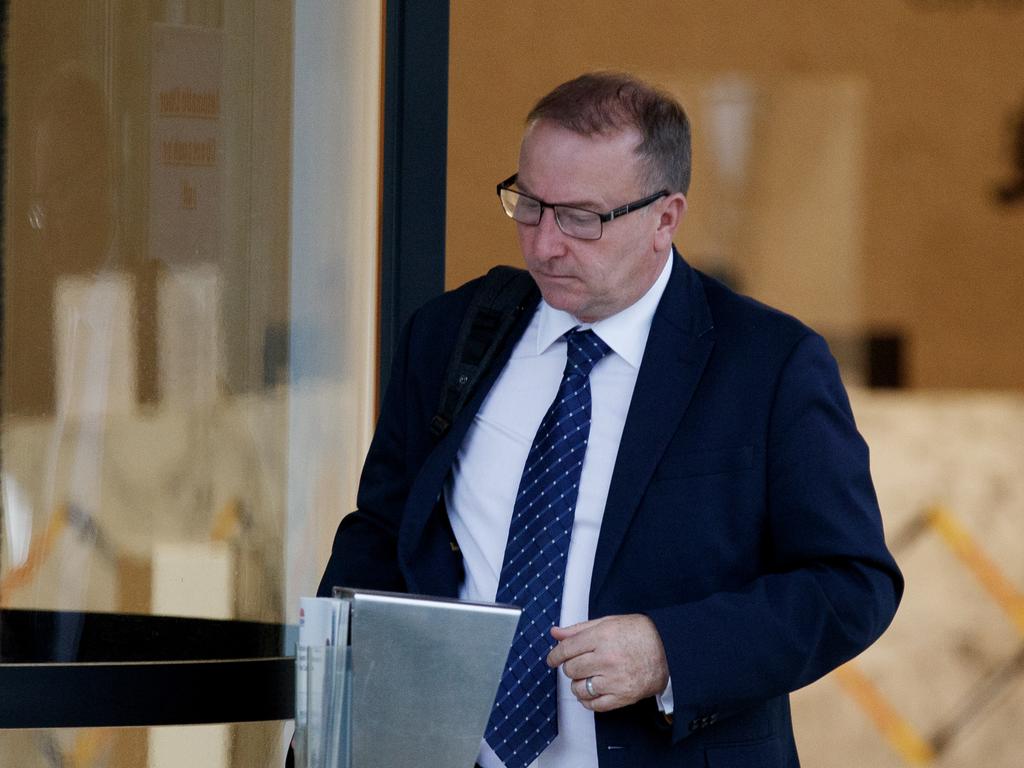
International security expert Scott Wilson told the court CR1 obviously wasn’t “up to speed” in her role, with the court earlier told she was on the verge of being replaced and had been flagged for “ongoing issues” on multiple occasions: retraining needed to be scheduled as she was responding too slow, notes made days before the attack stated.
Former Glad Group project and training manager Andrew David denied suggestions he was directed to “rush” CR1’s training due to staffing pressures, telling the court “there was pressure … I hope that didn’t affect my training”.
The delay in activating public announcements, alarms and messaging through the centre was also identified as an issue, with it accepted all actions should have been rolled out earlier and should have encouraged people to “escape, hide, tell” rather than evacuate.
A suite of measures have since been put in place at the centre, including an automated PA system.
Confusion over whether the centre was a “hot zone”, and if there was a second offender, also highlighted the need for improved interagency communications between NSW Police and Ambulance.
Crucially, it was generally accepted decisions made on the day of the attack didn’t affect anyone’s survivability, however it’s important to learn for any future mass casualty event.
Many families slammed the media’s reporting of the tragedy, including Ms Young’s mother, who was sickened at the suggestion some of the footage aired of her daughter and grieving family after the attack was newsworthy.
Ms Singleton’s mother, Julie, and fiance, Ashley Wildey, both reported they were upset to find Ms Singleton had been identified in media reports before they were allowed to formally identify her, with the mother “still hoping at this point there had been some kind of horrible mistake”.
She slammed reporters requesting comment, including by leaving notes in her mailbox, as “intrusive”, while Mr Wildey said the reporting of the attack caused “immense and immeasurable pain” to his and Ms Singleton’s families.
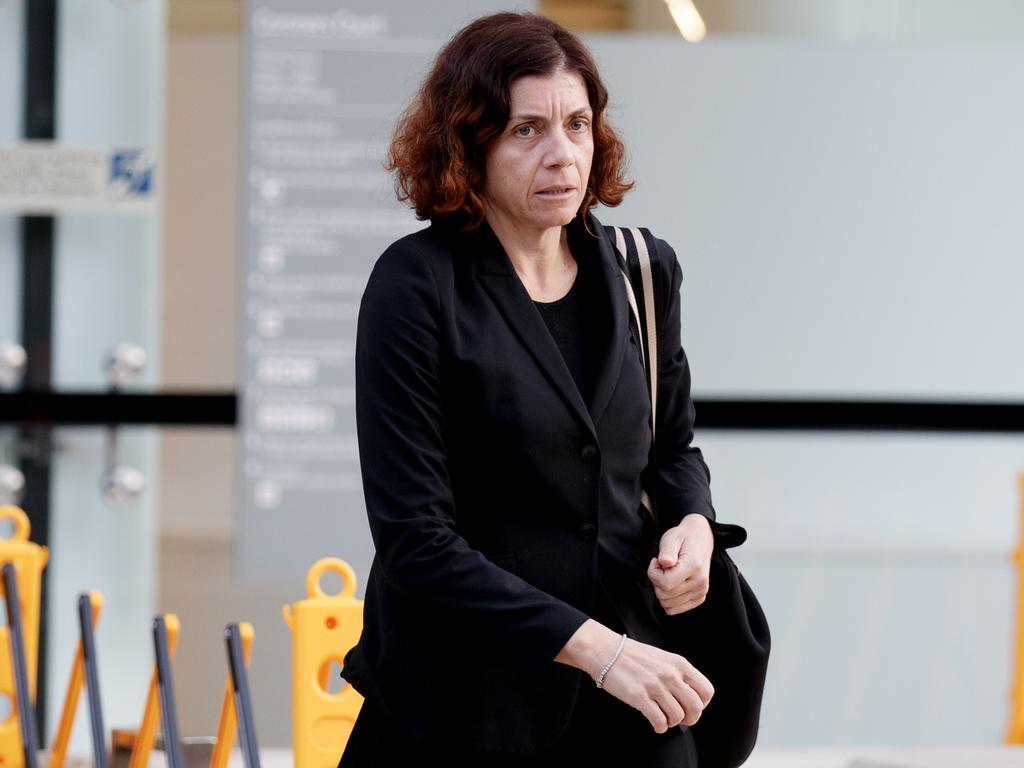
Families of the victims specifically requested the media response, and the impact this had on them, be examined during the inquest.
Tensions in court prompted gasps
Bubbling tensions were brought to the surface over the five weeks, including one moment where Ms Sullivan reminded Mr David he was under oath during questions about CR1’s training.
The court was shown CR1’s training competency checklist: each section was signed off and dated at January 31, 2024, which was in stark contrast to another checklist which showed sections signed off on different dates.
Accepting he had signed off on CR1’s training, he simultaneously denied any recollection of it, prompting Ms Sullivan to ask if he was doing his “very best”.
She told him “there are families in court who would really like some answers”.
Even NSW coroner Teresa O’Sullivan interjected, asking him if he knew at all what he was doing on the day in question.
“From the look of this document that you’ve signed, it looks like everything happened on 31 January 2024, which you say is impossible to have done that much training,” Ms O’Sullivan said.
“The reason we’re asking is it’s troubling to see this without an explanation from you … I take it that you’re doing your very best to try and remember how it came to be that your signature is on this document?” Ms O’Sullivan pressed.
Mr David maintained he couldn’t recall despite doing his best, and later told the court he didn’t remember issues with CR1’s performance being raised with him.
“That’s your evidence on oath?” Ms Sullivan asked. He agreed.
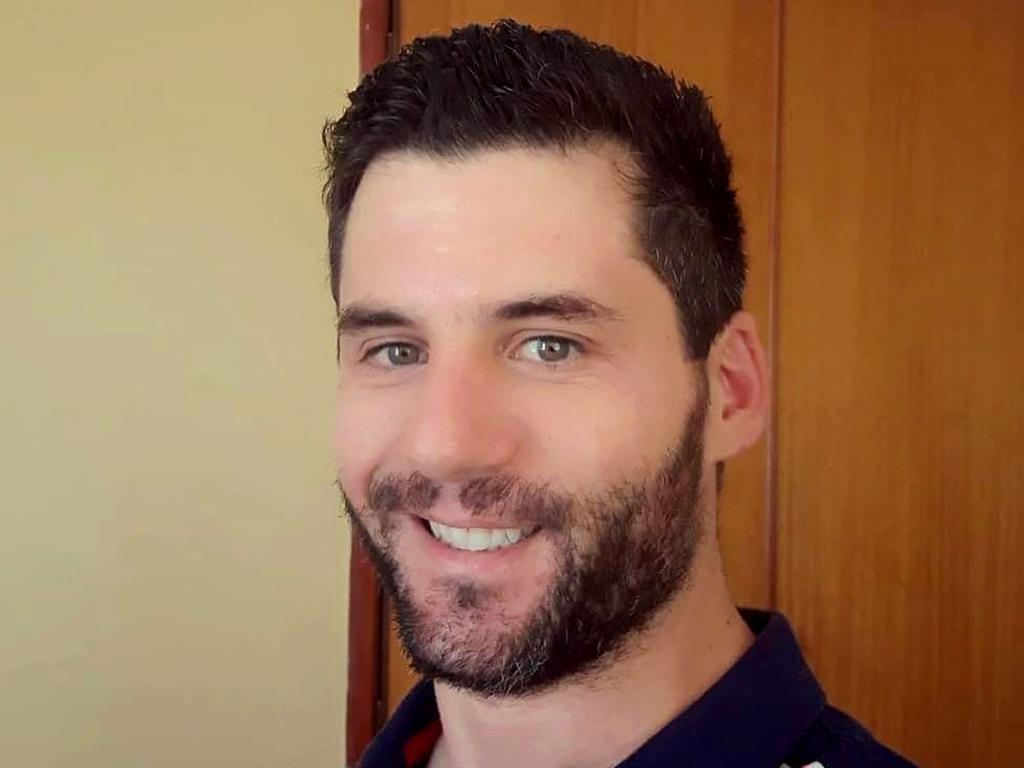
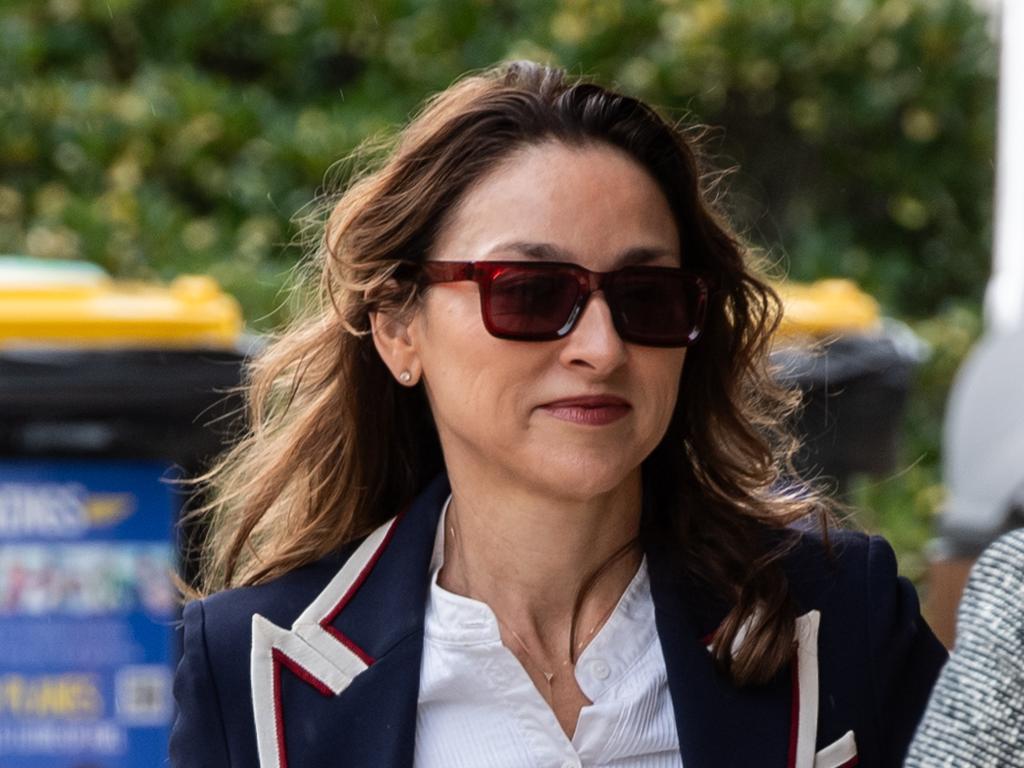
The court was told CR1’s training could have been undertaken over a period of time, and simply signed off all at once.
Cauchi’s psychiatrist also sparked a collective gasp from the room of journalists when she claimed his attack had “nothing to do with psychosis”.
“I think it might have been due to his frustration, sexual frustration, pornography, and hatred towards women,” Dr Boros-Lavack told the court.
Almost equally shocking was Dr Dwyer’s subsequent suggestion that Dr Boros-Lavack’s refusal to accept Cauchi was psychotic on April 13 was “because you don’t want to accept yourself the failings in your care of Joel?”
“I did not fail in my care of Joel, and I refuse. I, I have no error on my behalf. That is my answer.”
She withdrew the comment, branding it “conjecture” the following day when questioned by lawyer Sue Chrysanthou SC, who represented the Good, Singleton and Young families.
Through her evidence, Dr Boros-Lavack was constantly asked to please listen to the question and not to interject.
Originally published as Confusion and chaos: Key failings in the Westfield Bondi Junction attack revealed

